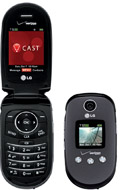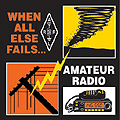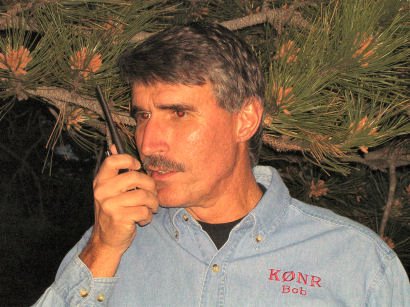
Without much notice or fanfare, the ARRL posted a new set of
general rules for VHF contests. The changes seem to be centered on the
rover category, which has been the subject of much controversy over the last decade or so. See
So You Want to Be A Rover for more information on the rover category.
The new rules impose a limit of 100 contacts between any two rovers, apparently to prevent the "grid circling" strategy. A grid circling strategy is when two or more rovers meet at the intersection of four grids and drive around the grid corner working each other on many bands over a short distance. This allows them to rack up a high score in a short period of time while making only short distance contacts. See the
N6NB Rover Page for more on these grid-circling efforts.
It appears that the existing Rover category, is subdivided into three entry categories:
- Rover: existing rover category, with one or two operators
- Limited Rover: A rover that uses four bands or less, with power restrictions
- Unlimited Rover: A rover that has few restrictions, including use of more than two operators and no limit on contacts with other rovers.
I think the intent of these changes are good. It allows for the extreme grid-circling guys to knock themselves out driving in circles but keeps them in a separate category. The Limited Rover is likely to appeal to some little pistol guys that aren't equipped for more than 3 or 4 bands.
Unfortunately, the rules do seem a bit hacked together and are not that easy to understand. I am still reviewing them to understand the fine points.
73, Bob K0NR
 Without much notice or fanfare, the ARRL posted a new set of general rules for VHF contests. The changes seem to be centered on the rover category, which has been the subject of much controversy over the last decade or so. See So You Want to Be A Rover for more information on the rover category.
Without much notice or fanfare, the ARRL posted a new set of general rules for VHF contests. The changes seem to be centered on the rover category, which has been the subject of much controversy over the last decade or so. See So You Want to Be A Rover for more information on the rover category.
 Jeff
Jeff 

